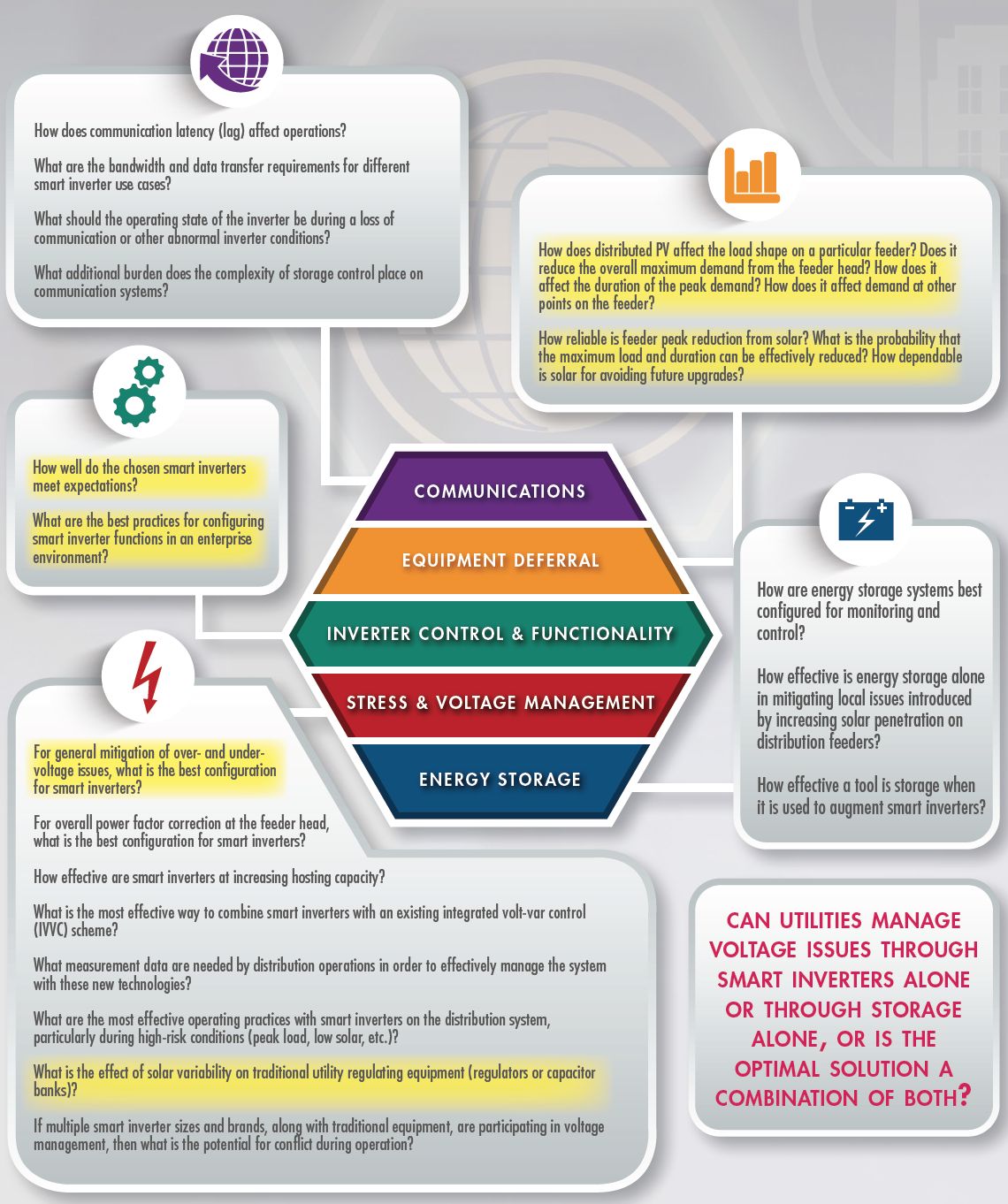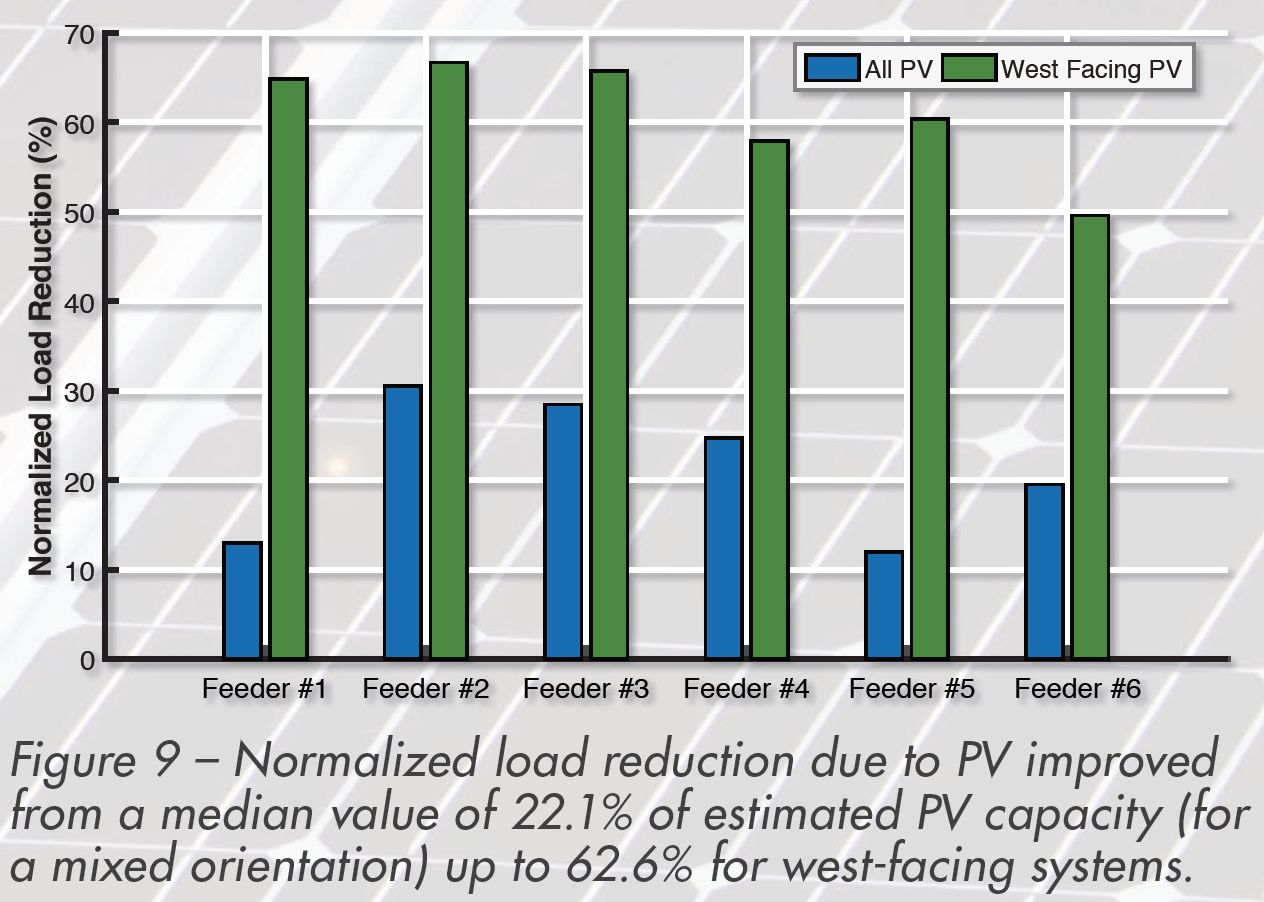Arizona Public Service triggered a major debate in 2014 when it first proposed owning and operating rooftop solar systems.
The large investor-owned utility initially sought to develop 20 megawatts of solar PV on 3,000 rooftops, all on the utility side of the meter. Arizona Public Service (APS) said the program would give more customers a chance to go solar and allow the utility to study the potential operational advantages of installing rooftop solar with advanced inverters.
National solar companies and solar advocates engaged in bitter policy battles with APS viewed the program differently, though. They saw it as an attempt to monopolize the rooftop solar market, after the utility had spent years complaining about how rooftop solar wreaks havoc on the grid and seeking policy changes to impede rooftop solar growth.
In December 2014, regulators approved Tucson Electric Power’s request to build 3.5 megawatts of rooftop solar and gave tacit approval to a pared-down version of the APS program. The Arizona Corporation Commission limited APS’ program to 10 megawatts, or roughly 1,500 rooftops, and required the utility to target low-income customers.
A year and a half later, how has the APS program evolved?
'The really nerdy power-quality stuff'
Today, the Solar Partner Program (SPP) is fully subscribed, with about 1,670 participating households across APS' service territory. The projects were built out by Arizona-based installers selected through a competitive process. Customers receive a $30 monthly credit for 20 years in exchange for leasing their roofs to the utility. But the program goes far beyond the installation of a few hundred solar projects just for the sake of it.
Advanced inverters installed along with the solar projects have allowed APS to test new technology that could benefit the utility’s 1.2 million ratepayers, while also supporting the long-term growth of distributed solar. In April, advanced inverters used for the SPP received their UL certification. APS also secured a “special-purpose utility certification” allowing the utility to take command of the devices.
With this program, APS has become the first utility in the country to deploy and remotely control advanced inverters, which allow the utility to operate rooftop solar installations as they would any other power plant, ramping up or curtailing power based on customers’ real-time energy needs.
The SPP specifically addresses “reactive power support,” otherwise known as “the really nerdy power-quality stuff that has to happen in order to better integrate high concentrations of rooftop solar,” said Marc Romito, director of customer technology at APS. The program allows the utility to study how distributed solar projects, in conjunction with other technologies and deployment strategies, could benefit the overall grid system, he said.
To that end, APS has joined forces with the Electric Power Research Institute (EPRI) to study the challenges and capabilities of distributed PV combined with smart inverters, and to understand the broader implications for distribution system operators. To better align solar output with peak system demand in the evenings, APS is also studying the benefits west-facing solar rooftops. In addition, the program will test how grid-scale energy storage can potentially resolve solar intermittency issues.
The SPP research attempts to answer 20 specific questions over 18 months, from April 2016 to October 2017. In June, APS and EPRI produced a preliminary report that looked at both new and historical data on PV system operation, and they recently shared some of the results with Greentech Media, discussed in more detail below.

“The bottom line for us is it’s an opportunity to see the capabilities of the technology and not just talk about it, but actually see the results in real life,” said Ben York, senior project engineer at EPRI's distributed energy resource program.
The SPP is separate from APS’ Solar Innovation Study (SIS) -- a smaller utility-owned solar program focused on researching technology interoperability within the home. We recently reported on the SIS following a tour of APS’ technology demonstration site. By comparison, the SPP has a broader scope that looks beyond the home to how solar and smart inverter control relates to distribution operations.
”The real objective behind this program was to understand the effect of the rooftop PV on our distribution system…which may start causing problems related to voltage, power quality, reliability, power flows, and other things,” said Sanket Adhikari, technology innovation program consultant at APS.
“For the future, can we define and come up with some modeling techniques for these factors using [smart inverter and energy storage] technologies?” he added. “Can we design some new operational strategies, new settings that we can run these technologies with that would help us tackle these challenges? Can we integrate new rooftop systems…on the feeders in a nicer, smoother way, without adversely affecting the power quality and the reliability of the system? That's the overall objective.”
Initial program results
Six distribution feeders in the Phoenix metro area were selected to research the challenges and capabilities of distributed PV and smart inverters under the SPP. APS and EPRI deployed 18 high-resolution power quality monitors on the six “primary” research feeders, which provide data on circuit behavior in 1-second and 1-minute intervals. APS is recording data from each inverter, along with advanced metering infrastructure (AMI) measurements of energy production, consumption, and service voltage for all customers and solar systems.
The six primary feeders serve approximately 14,000 customers and include 2,400 existing PV systems. Two hundred of the 1,670 utility-owned solar systems were also deployed on these primary feeders, for a total of 2,600 solar projects under close surveillance. The other roughly 1,400 utility-owned projects are deployed elsewhere on APS’ grid with less frequent monitoring. All 1,670 solar projects connect back to the same central utility control system -- which is one of the most novel elements of the pilot.
One of the first and most crucial findings in the preliminary report is that the smart inverters work. When commands are sent out, the technology responds. It may seem basic, but getting this far hasn’t been easy, and there are still a number of issues to overcome. The report notes that “some inverter characteristics, the communication protocol, and the control system have made reliable configuration a challenge to execute consistently.”
Part of the issue is that the technology is so new. APS-selected inverter vendors -- SolarEdge and SMA -- have had to create new function capabilities to ensure their technology can meet utility needs. Matching tests with product cycles from numerous manufacturers has also been a challenge, said EPRI's York. But the challenges don’t end with the vendors, he added -- there’s also the matter of designing new standards and protocols to allow all components to work together, while maintaining grid reliability.
“Utilities already have devices that are designed to regulate voltage and monitor power flow. But as we start to add these additional new technologies, like smart inverters and storage, trying to incorporate these alongside existing technologies and making them work harmoniously is a big part of what we’re trying to do,” he said.
Central control system
California is working to refine standards for advanced inverters under the state’s electric interconnection tariff, known as Rule 21. APS is taking cues from that conversation and putting some of the recommendations into action. At the same time, the Arizona utility is going a step further by building its own central control system from the ground up.
“No other utility has ever controlled residential smart inverters using their own controls,” said Adhikari. “When these are customer-owned or aggregator-owned systems, inverter companies talk through the consumer's own Wi-Fi and go through the internet to [the company’s] central server.”
“Here, APS is using its own communication equipment,” he said. “We have our own centralized system that collects the data directly for the utility, and it has the ability of sending the controls out to make the settings change on the smart inverters.”
Utility control is key for ensuring reliable service and for cybersecurity reasons, said Romito. As distributed energy penetration increases, the utility wants to make sure it’s not introducing additional points of exploitation on the grid.
“The threats that we face are very real, and the type of communications protocols that we have through our operations control center -- which encompasses our automated distribution management system and all smart grid technologies working in harmony -- is done in a way that is as secure as possible from a national-level cyberattack, or just the punk junior-high kid trying to be funny and hack somebody's Wi-Fi,” he said. “So that central control is critical.”
APS’ centralized controller talks through the utility’s communications network, using two different communication paths. One path is directly through the server modem using a protocol called Modbus. The other is using the utility’s own AMI network. APS worked with Siemens to develop the communications technology.
FIGURE: Communications Network Design and Architecture

One of the issues addressed in the report is a lack of setting verification from Modbus. “Due either to weak cellular signal or issues with the controller, it can be difficult to ensure that an inverter receives correct settings,” the report states. “Modbus does not include a native method to verify the transmission or receipt of a message. To verify, the controller instead must rely on reading previously written registers, adding delay and difficulty to the process.”
Voltage and peak reduction
While there’s still more work to be done on improving inverter controls and communications, APS and EPRI have been able to begin testing different inverter functions.
“Now, we’re actually starting the process where we look at different days and seasons of year and different functions that the smart inverters capable of doing -- volt/VAR, or fixed factor, volt-watt kind of controls -- then we configure that in different situations and look at the impact,” said York. “How does that improve voltage quality for different customers? How does that affect the losses on the system or the power factor on the grid as a whole? […] How much grid support is good enough to keep voltage quality where it’s supposed to be, but also generate as much power from the sun as we can?”
Initial findings from one of the test feeders found that volt/VAR and volt-watt settings could be changed without having a significant impact on traditional feeder regulating devices. However, the report notes that increasing the number of inverters on the feeder or changing regulator settings could make the grid more sensitive to setting variations. APS and EPRI will continue to test how different inverter functions affect the grid through the end of the year.
While a central aim of the SPP is to collect new data, the study is also looking at historical information to evaluate the impact of PV on the distribution system, with a particular focus on how west-facing projects could mitigate peak demand issues on the grid.
One of the findings was that solar provided some level of capacity relief at the feeder level in 2015. “On the six research feeders, PV reduced the feeder peak load by a median value of 21.7 percent of estimated PV capacity. When considering only west-facing systems, this factor increased to 62.6 percent,” the report states. However, it adds that further investigation is needed to evaluate the daily reliability of load reduction from rooftop solar.
FIGURE: Normalized Load Reduction

Since the June report was issued, APS and EPRI have been taking a closer look at PV variability and voltage regulating equipment. According to Adhikari, integrated volt/VAR control is being installed on one of the test feeders over the summer and on another feeder early next year.
In 2017, the research focus will shift to energy storage with the deployment of two 2-megawatt-hour grid-tied batteries that will work in conjunction with the centrally controlled advanced inverters to balance out the solar resources.
Benefits for all
APS isn’t the only utility studying rooftop and smart inverters. Utilities in Hawaii and California -- home to the highest levels of rooftop solar penetration in the country -- have also launched smart inverter programs looking for enhanced grid management capabilities.
Last fall, EPRI and the Smart Electric Power Association (SEPA) released a report that found smart inverters “could potentially offer utilities a least-cost tool for mitigating many grid management challenges" and “help defer or avoid certain distribution, transmission, and electric supply upgrades.”
There are also benefits for customers and vendors, according to Erik Ellis, manager of technology assessment and integration at APS. For vendors, the opportunity is to improve and differentiate their products, which will ultimately allow for continued market expansion.
“While it has been fine for distributed solar systems to plug in to the grid with dumb functions, as solar increases, distributed solar needs to start to behaving like normal generating technology and provide the full range of advanced functions of a mature technology,” he said. “So for vendors, the benefit is to allow continued growth of the industry without creating a technology roadblock where the system will no longer allow greater solar penetration.”
For customers, there’s the benefit of ensuring that the grid continues to operate reliability and securely as more and more technologies are deployed. Better resource management should also ensure that all customers who want to go solar are able to, from a technical perspective. Plus there’s the potential for avoided grid-upgrade costs.
"Smart inverters help the system as a whole by helping to reduce the cost of regulation,” said York. “So where you would have had to invest in larger cables or different regulating devices on different portions of the feeder, the hope is with smart inverters that are incorporated the right way, you could potentially avoid big investments in some other area. That’s one way it helps reduce everybody’s costs.”
'Unnecessary contention'
But despite their benefits, smart inverters have their drawbacks. Deploying, testing and certifying smart inverters is time-consuming and costly. Also, while a handful of utilities are starting to deploy smart inverters, state regulations and industry standards continue to evolve slowly.
Tied in with regulatory challenges, there’s concern that smart inverter features could reduce the amount of energy solar systems put onto the grid, which could hurt the business case for rooftop solar unless new rate structures are introduced to mitigate the impacts. There are also questions on whether or not customers and vendors should be mandated to support power quality on the grid.
“Policymakers and regulators are understanding the potential of this technology, but the question that remains still unanswered, and is getting discussed a lot, is the business model,” said Adhikari.
These rate discussions come against backdrop of other challenging policy debates. In June, APS filed a rate case that includes lowering the net metering credit and introducing universal residential demand charges, which solar advocates view as an attempt to slow the industry. APS is also seeking to recover $30 million in costs for the SPP through its general rate case, as well as $3.2 million for the SIS program. Meanwhile, Arizona regulators are holding a proceeding on the value of solar that could inform all utility rate cases in the state going forward.
Amid all of this, there’s also lingering tension around utility-owned solar, with the expectation that more regulated utilities will want to capitalize on the residential solar boom by selling and owning rooftop solar in their service areas. But that’s not the case for APS, said Romito, who believes there was “unnecessary contention” around the SPP.
“We are doing very specific, targeted R&D pilots that lead to a future that everybody gets to play in,” he said. “We are not opening up recurring programs, and this is going to be our mode of business in terms of building all of the rooftop solar. That's not what we're up to. It's about innovation and interoperability and a greater strategy for grid modernization.”



